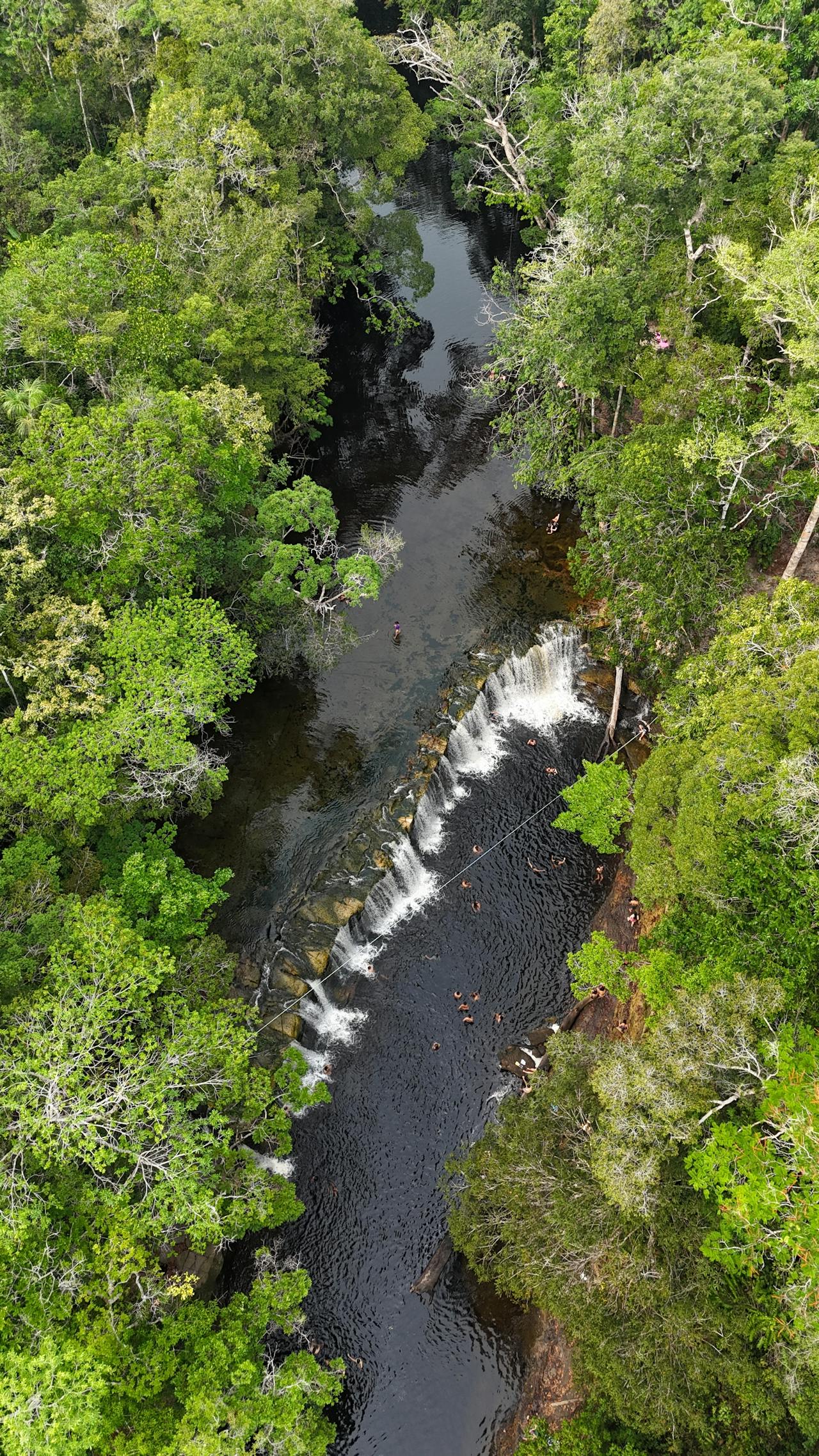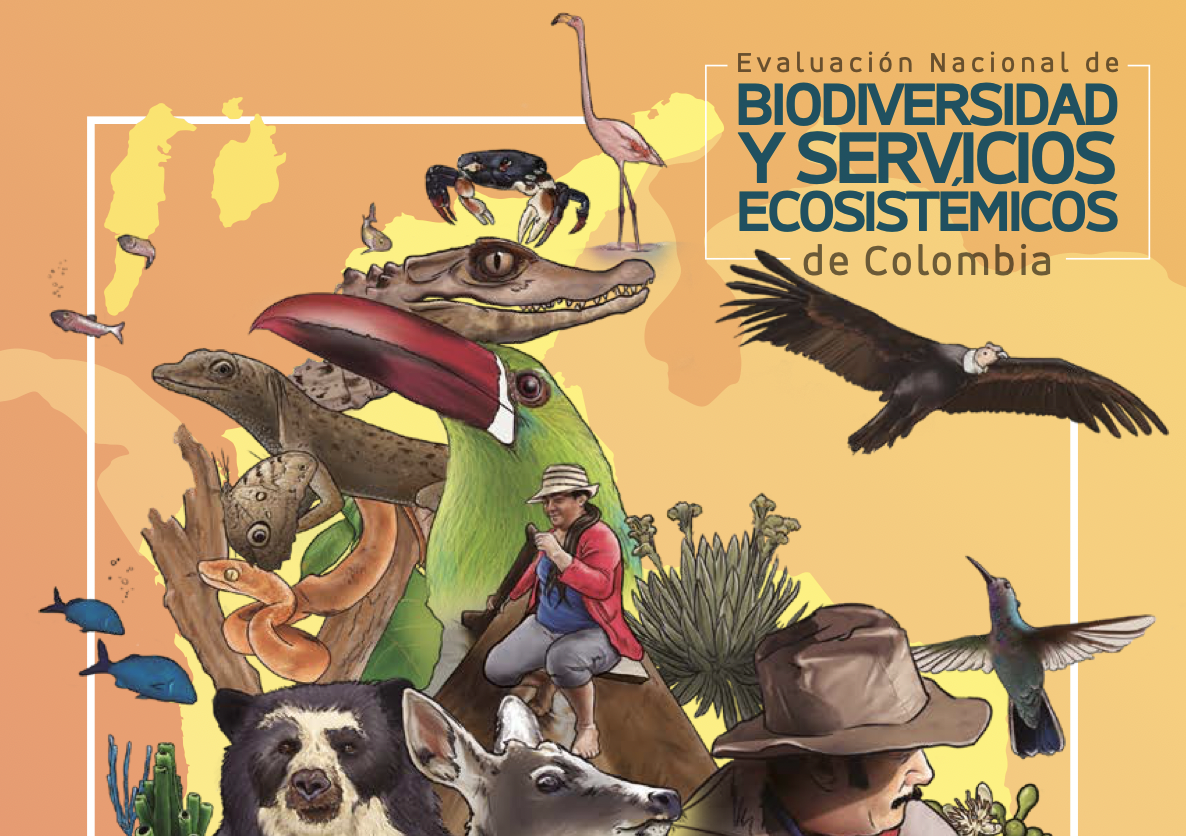High temporal variability in environmental conditions, populations, and ecological communities can result in species extinctions and outbreaks of agricultural pests and disease vectors, as well as impact industries dependent on reliable provisioning of ecosystem services. Yet few empirical studies have focused on testing hypotheses about the drivers of ecological temporal variability at large spatial and temporal scales. Using decadal datasets that span aquatic and terrestrial macrosystems and structural equation modeling, we show that local temporal variability and spatial synchrony increase temporal variability for entire macrosystems. These mechanisms are influenced by environmental heterogeneity, habitat-level species diversity, spatial scale, and the size of the regional species pool. This analysis is among the first to provide a quantitative argument for the value of regional species diversity. Moreover, our conceptual model is generalizable and may help guide management efforts to reduce temporal variability for conservation or service provisioning in other macrosystems.

































































































































































































































































































































































































































































































































































































































































































































































































































































































































































































































